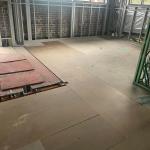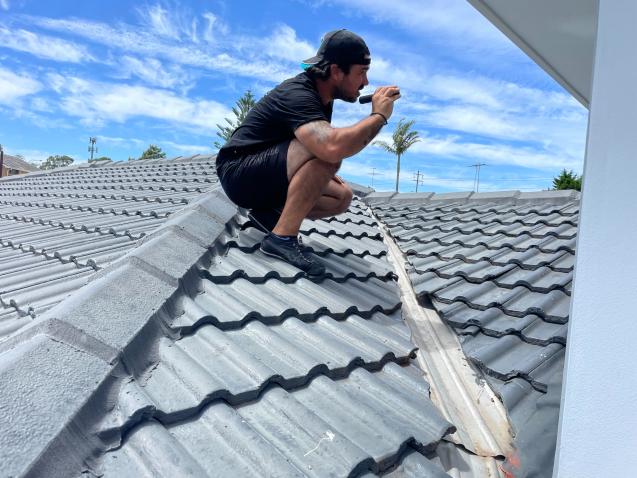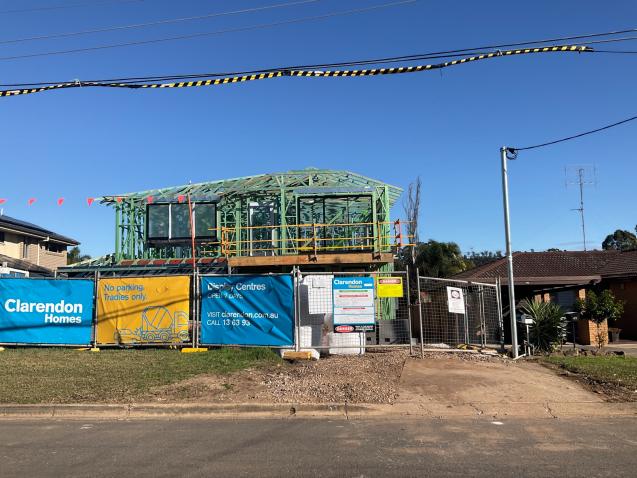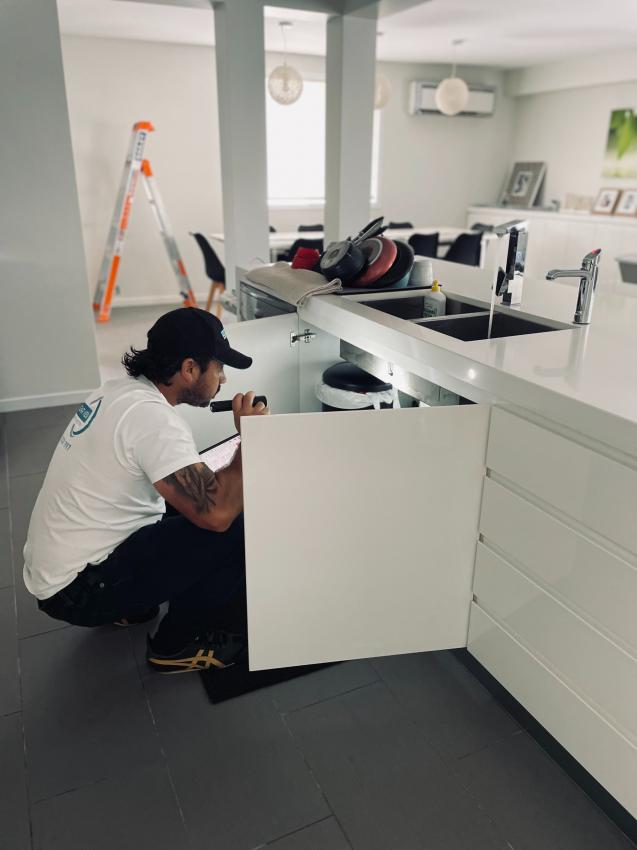
Particle board flooring during the construction process - Defects to be aware of.
By Clear View Property Inspections|February 03, 2024
Particle board flooring can be adversely affected by wet eather during the consruction process. If excess water is absorbed continously the boards can swell excessivley beyond the allowable tolerances which can effect the boards structurely and may require the flooring to be replaced.
What is acceptable? You will likely find that the builder will advise that its all fine and swelling is normal. We will sand it flat at the end of the job.
Here is some advice and tolerances to be aware of and general information.
The flooring can be exposed to weather for upto 5 months. Of coarse weather conditions like continous rain can still effect the boards condition even within the 5 months exposure.
The manufactures recommed removing any ponding water from the surface by either sweeping or drilling holes (no larger then 8mm). Unfortunetly this never happens and the water sits there till it drys up.
Excessive water to the boards will cause swelling and cupping and can weaken the boards. The maximum allowable sanding of particle board flooring is 2mm on a supported edge and 1mm overall. So if the boards have swollen anything beyond the allowable sanding then you have an issue. If you over sand the particle board flooring you are removing the structural integrity of the baords.
In a recent job we were overseeing the flooring was exposed for over 6 months and it had major swelling throughout. The builder persisted that is was fine and had no issues, "we will just sand it". This was not acceptable as there was an average of 8mm swelling throughout the flooring.
As per section 2.6.3, volume 12 of the impact and assessment of moisture affected timber. If sheets have swollen more then 5mm (ie would need to have the floor sanded back by 5mm or more to get a flat floor) then the styructural adequacy of the flooring has been compromised and needs rectification by either replacment or installation of a new structural floor over the existing particleboard.
As per section 1.2.4, if theres doubt about the damage a 600mmx450mm sample of flooring should be sent to a laboratory for testing to ascertain if the flooring still has the required structural properties.
This particular job, after many meetings with the builder had agreed to replace all the sheets that were out of tolerance.
This is an important item to keep an eye on and caould easily be missed if you are not aware of the tolerances. If possible remove any ponding water from rain fall.
Builders that reverse build can generall avoid these issues as they put the roof on quite early in the build compared to the conventional build of roof installation after bricks.
What is acceptable? You will likely find that the builder will advise that its all fine and swelling is normal. We will sand it flat at the end of the job.
Here is some advice and tolerances to be aware of and general information.
The flooring can be exposed to weather for upto 5 months. Of coarse weather conditions like continous rain can still effect the boards condition even within the 5 months exposure.
The manufactures recommed removing any ponding water from the surface by either sweeping or drilling holes (no larger then 8mm). Unfortunetly this never happens and the water sits there till it drys up.
Excessive water to the boards will cause swelling and cupping and can weaken the boards. The maximum allowable sanding of particle board flooring is 2mm on a supported edge and 1mm overall. So if the boards have swollen anything beyond the allowable sanding then you have an issue. If you over sand the particle board flooring you are removing the structural integrity of the baords.
In a recent job we were overseeing the flooring was exposed for over 6 months and it had major swelling throughout. The builder persisted that is was fine and had no issues, "we will just sand it". This was not acceptable as there was an average of 8mm swelling throughout the flooring.
As per section 2.6.3, volume 12 of the impact and assessment of moisture affected timber. If sheets have swollen more then 5mm (ie would need to have the floor sanded back by 5mm or more to get a flat floor) then the styructural adequacy of the flooring has been compromised and needs rectification by either replacment or installation of a new structural floor over the existing particleboard.
As per section 1.2.4, if theres doubt about the damage a 600mmx450mm sample of flooring should be sent to a laboratory for testing to ascertain if the flooring still has the required structural properties.
This particular job, after many meetings with the builder had agreed to replace all the sheets that were out of tolerance.
This is an important item to keep an eye on and caould easily be missed if you are not aware of the tolerances. If possible remove any ponding water from rain fall.
Builders that reverse build can generall avoid these issues as they put the roof on quite early in the build compared to the conventional build of roof installation after bricks.



